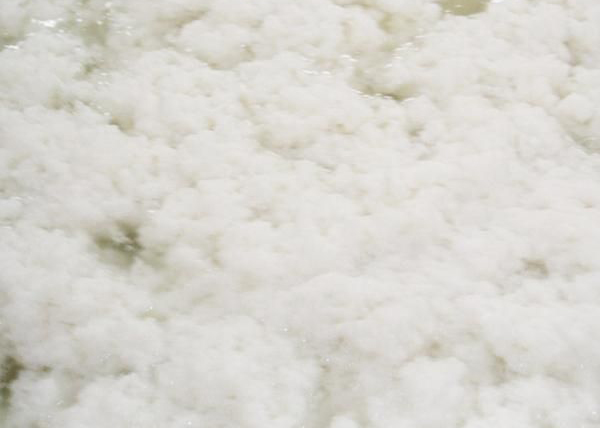Two common methods for bleaching pulp
Because the cooked pulp contains some residual lignin and has a darker color, in order to meet the whiteness requirements of various papers, the pulp must be bleached before papermaking. The purpose of bleaching is to increase the whiteness of the pulp and remove impurities.
The bleaching principle is to destroy the structure of lignin or other colored substances and to dissolve them through oxidation.
Two common methods for bleaching pulp
First of all, what is bleaching pulp? The bleaching agent is used to process the natural color paste to remove colored substances and other impurities in the paste, and improve whiteness and purity.This pulp is called bleached pulp.
Two methods are commonly used for bleaching pulp: one is oxidative bleaching, which uses oxidative bleach to destroy the structure of lignin and dissolve lignin to improve the purity and whiteness of pulp.
The bleaching agents are Cl2, Clo2 and hypochlorite. Oxidative bleaching remains the main method of bleaching. Due to the severe pollution caused by chlorine bleaching, oxidative bleach will gradually be replaced by oxidative bleach.
Another method is the reduction bleaching method, which uses a reduction bleach to change the structure of the dye group and decolorize it. Because it does not cause loss of fiber components and can maintain the properties of the original pulp, it is especially suitable for bleaching pulp such as wood pulp and chemical mechanical pulp. Bleaching agents include zinc dithionite, sodium trithionite, hydrogen peroxide and sodium peroxide.
The whiteness stability of bleached pulp by reducing bleach is poor, and the original color will be restored after a long time of light exposure. Of course, in the bleaching practice, one method cannot bleach the pulp to high whiteness. Usually, multiple bleaching methods are used, so-called multiple bleaching, such as three bleaching and five bleaching, so that the pulp bleaching reaches the whiteness requirement.

China's pulp ozone bleaching and short-program bleaching technologies achieve new breakthroughs
On January 1st, China National Light Industry Federation organized and hosted a technical appraisal meeting for the key technology of pulp ozone bleaching and short-process bleaching. The appraisal committee believes that the core technology of the project has reached the international leading level.
It is reported that the project has studied the key technologies and mechanisms of ozone bleaching and biological enzyme bleaching, optimized the combination of bleaching procedures, and proposed X / DZP and X / Z / D-EOP-D new three-stage short-program bleaching processes.
The bleaching technology has been applied in 700,000 tons / year and 1 million tons / year sulfate pulp bleaching production lines, and the performance indicators of the products have reached the standards of similar products at home and abroad. Compared with the traditional non-chlorine bleaching technology, the technology reduces the amount of chlorine dioxide, reduces the amount of bleaching water, and improves the biochemical performance of bleaching wastewater.

